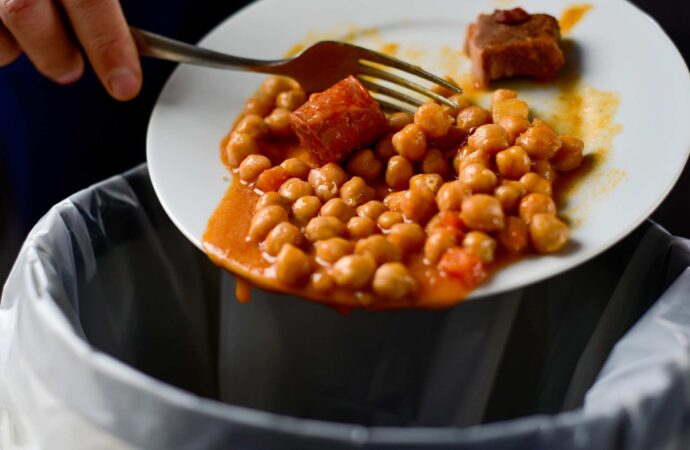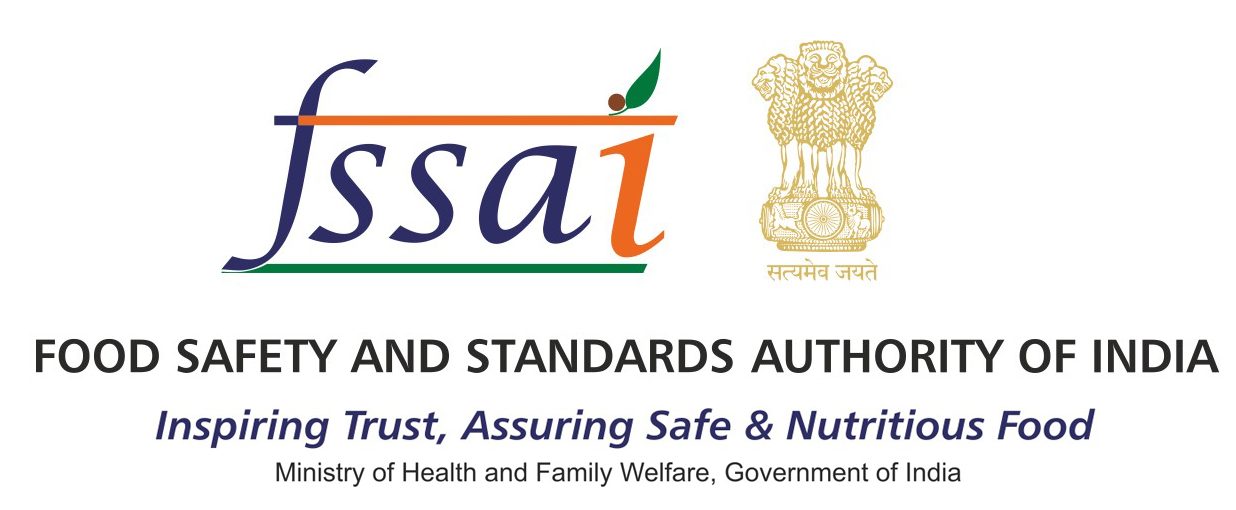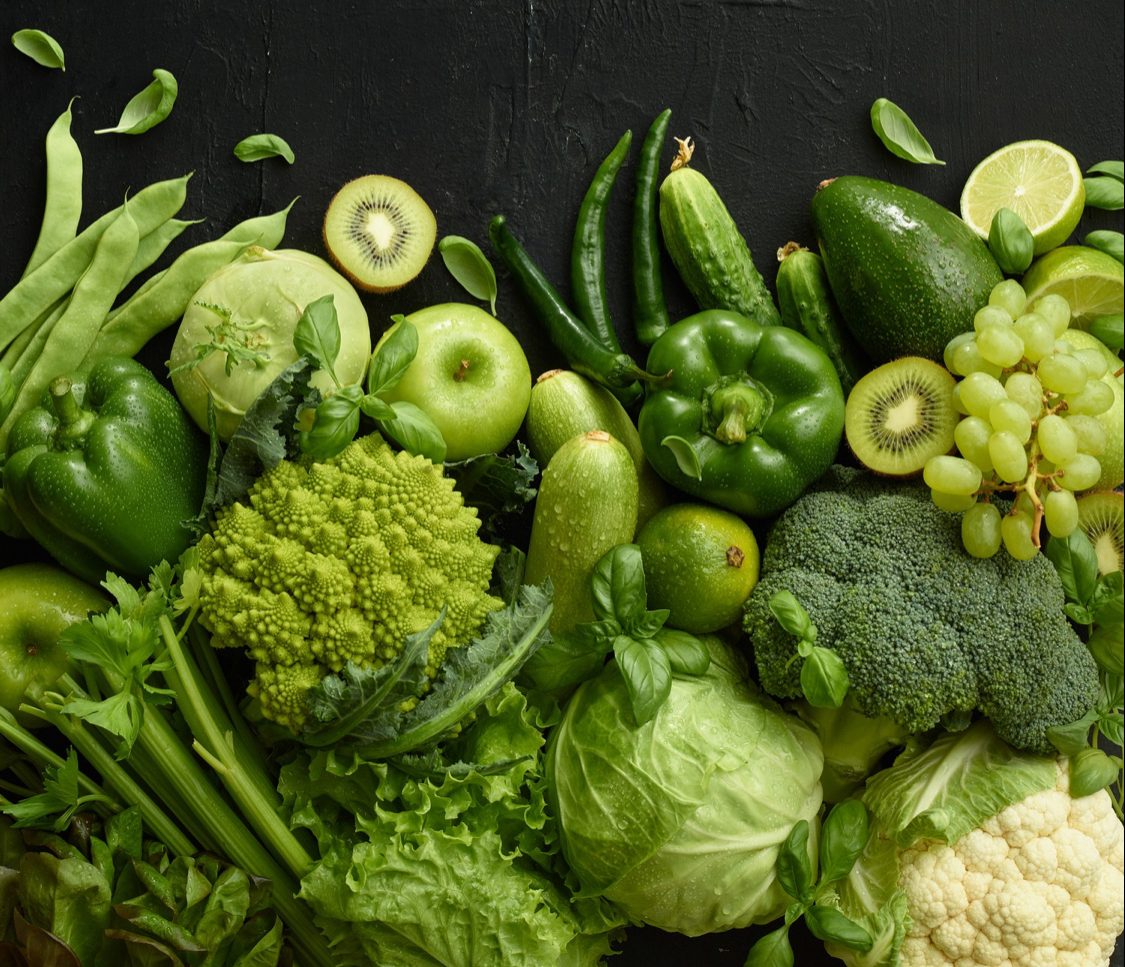Key Update
The world is throwing away food at an alarming rate. According to the UNEP Food Waste Index Report 2024, about 1.05 billion tonnes of food—worth over $1 trillion—was wasted in 2022. This massive loss hurts both the planet and people, while millions still go hungry.
A Costly Global Habit
Wasted food doesn’t just disappear—it wastes the water, land, and energy used to produce it. When dumped in landfills, it releases methane, a greenhouse gas far more potent than carbon dioxide. Food waste now accounts for 8–10% of global greenhouse gas emissions and consumes nearly 30% of the world’s farmland. At the same time, 783 million people face hunger. UNEP warns that food waste is a moral and environmental crisis we can’t afford to ignore.
Not Just a Rich Country Problem
Food waste happens everywhere. On average, each person wastes 132 kg of food per year, with households responsible for about 79 kg of that. Surprisingly, household waste levels are similar across income groups—from 81 kg in rich nations to 86–88 kg in middle-income countries—showing this is a global issue, not just a wealthy one.
Top 10 Countries That Waste the Most Food
- China – 108.6 million tonnes (76 kg per person)
- India – 78.1 million tonnes (55 kg per person)
- United States – 24.7 million tonnes (73 kg per person)
- Brazil – 20.2 million tonnes (94 kg per person)
- Indonesia – 14.7 million tonnes (53 kg per person)
- Germany – 6.5 million tonnes (78 kg per person)
- Russia – 4.8 million tonnes (33 kg per person)
- Philippines – 2.9 million tonnes (26 kg per person)
- South Africa – 2.8 million tonnes (47 kg per person)
- Ghana – 2.8 million tonnes
While China and India generate the most waste by volume, Brazil and the United States have some of the highest waste per capita. The Philippines, with just 26 kg per person, performs far better.
Time to Act
UNEP urges action from both individuals and governments. Simple habits, such as buying only what you need, storing food properly, and reusing leftovers, can make a significant difference. Governments and industries must improve supply chains, packaging, and labelling to prevent loss before food reaches consumers. Reducing food waste isn’t just about saving money—it’s about protecting the planet and feeding people who need it most.
Source: The Indian Express
 Food Manifest
Food Manifest 


















